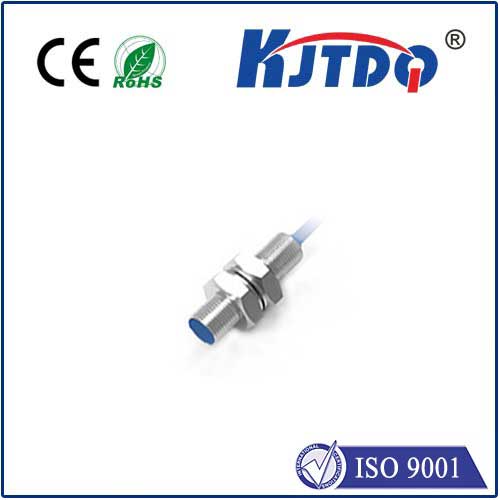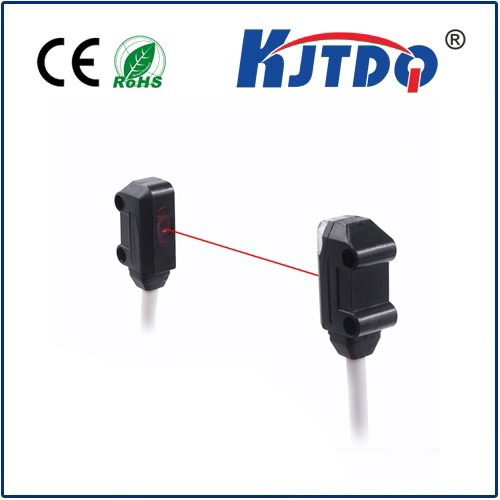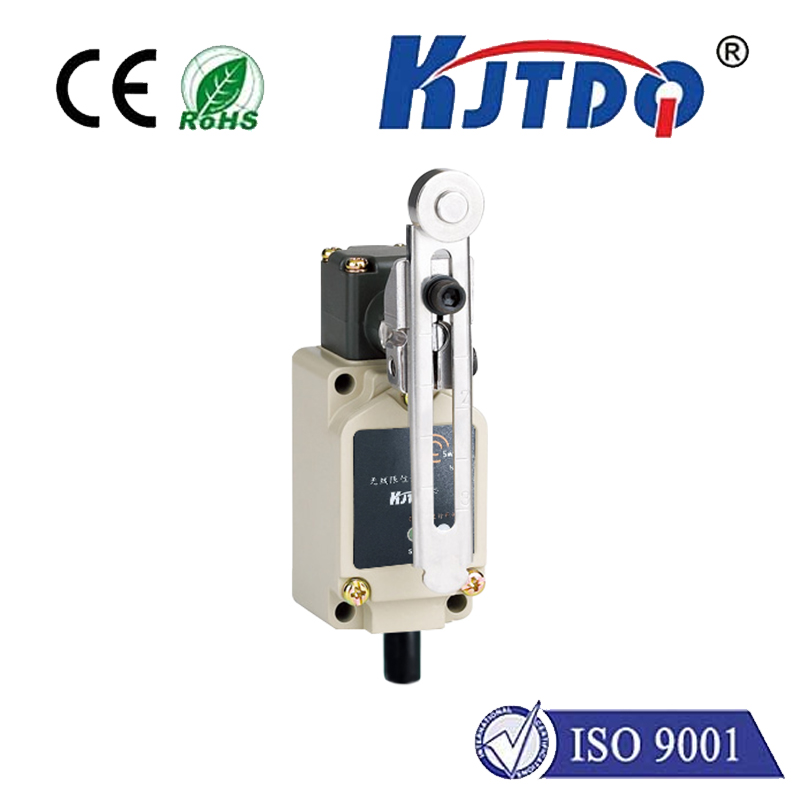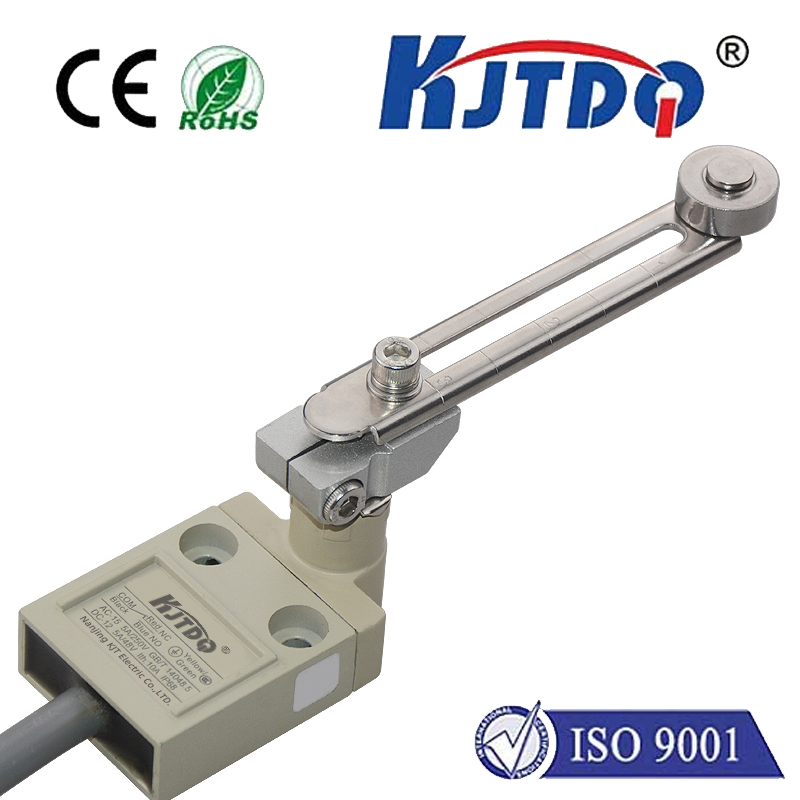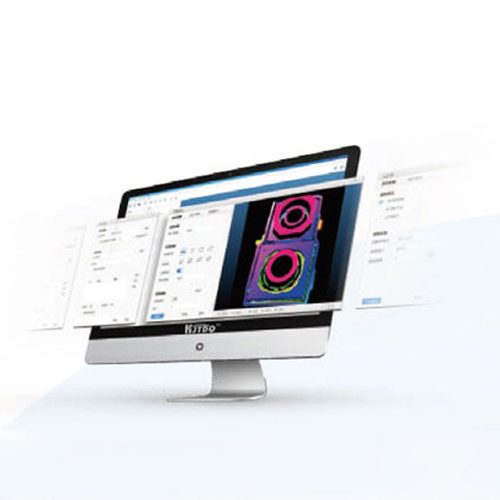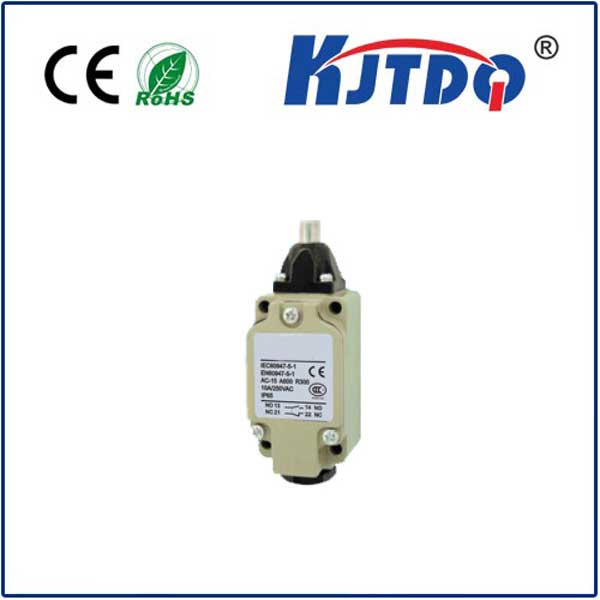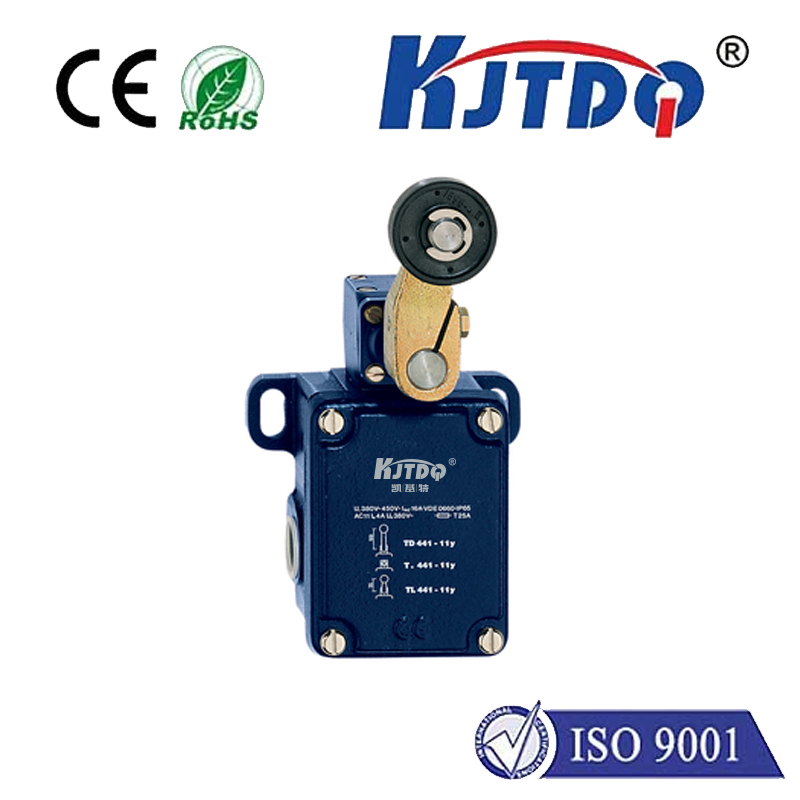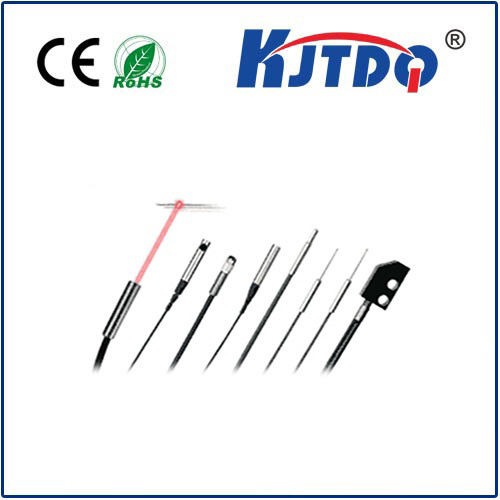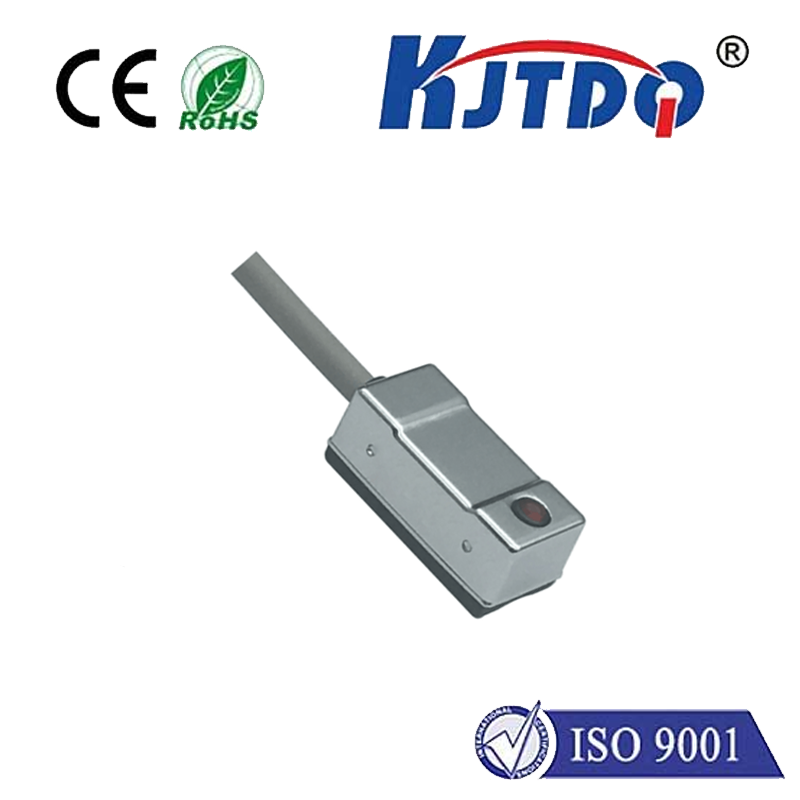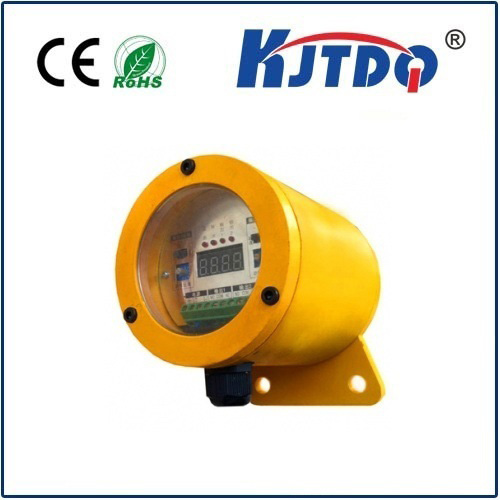analog photoelectric sensor
- time:2025-09-10 18:47:21
- Click:0
Analog Photoelectric Sensors: Unlocking Continuous Detection and Measurement
Forget the simple “it’s there” or “it’s not.” Imagine needing to know exactly how much material is on a conveyor belt, the precise fill level in a translucent bottle, or the subtle variations in surface reflectivity for quality control. This is where the nuanced power of analog photoelectric sensors shines. Moving beyond the binary world of their digital counterparts, these sophisticated devices provide a continuous stream of information, translating light intensity into a variable electrical signal. They are the eyes of automation that don’t just see an object, but gauge its characteristics.
The Core Principle: From Light Beam to Variable Signal
At their heart, analog photoelectric sensors operate on the same fundamental principle as all photoelectric sensors: an emitter (usually an LED) projects a light beam (visible red, infrared, laser) towards a receiver (a photodiode or phototransistor). The object to be detected interrupts or modifies this beam. The critical difference lies in what happens next within the receiver circuitry.
- Digital Sensors: The receiver circuitry is essentially a switch. It compares the received light intensity to a fixed threshold. If the light is above the threshold (beam uninterrupted), it outputs a “high” signal (e.g., 24V). If the light drops below the threshold (beam blocked), it switches to a “low” signal (e.g., 0V). It’s purely on/off.
- Analog Sensors: The receiver circuitry outputs a signal proportional to the intensity of the light hitting the receiver. This output is continuous, typically a voltage (e.g., 0-10V) or a current (e.g., 4-20mA). No fixed threshold determines a binary state; instead, the signal level itself is the valuable data.
Why Choose Analog? The Power of Continuous Data

The key advantage of an analog photoelectric sensor is its ability to provide continuous measurement and detection. This unlocks a vast array of applications where simple presence detection isn’t enough:
- Transparency and Opacity Measurement: Gauging the clarity of liquids in bottles, the thickness of films, or the cloudiness of solutions. The sensor output directly correlates to how much light passes through the material.
- Precise Fill-Level Detection: Monitoring the height of liquids, grains, or powders in containers, especially translucent ones. The signal changes gradually as the level rises or falls, blocking more or less light.
- Distance Measurement (Reflective Mode): In diffuse or retro-reflective models, the intensity of the reflected light beam varies with the distance between the sensor and the target. This allows for non-contact distance sensing over short ranges.
- Contrast Detection & Registration Mark Reading: Accurately detecting subtle differences in color, shade, or surface texture on packaging, labels, or materials for precise positioning and print registration.
- Surface Condition Monitoring: Detecting variations in surface roughness, cleanliness, or the presence of coatings by measuring changes in reflected light intensity.
- Continuous Position Tracking: Monitoring the position of an object within the sensor’s beam path, useful in applications like web guiding.
Unpacking the Technology: Key Components & Outputs
An analog photoelectric sensor integrates several critical elements:
- Emitter: Generates the light beam. Selection (visible, IR, laser) depends on the application, target material, and environmental factors.
- Optics: Lenses focus the emitted light and collect reflected/transmitted light for the receiver. Quality optics are crucial for accuracy and range.
- Receiver: Converts incoming light photons into a tiny electrical current. The core component enabling the analog nature.
- Signal Conditioning Circuitry: Amplifies the tiny receiver current and processes it into a stable, usable analog output signal. This stage often includes filtering to reduce noise and ensure signal stability.
- Output Stage: Delivers the processed signal in industry-standard formats:
- Voltage Output (e.g., 0-10V): Simple, common, works well over shorter cable runs.
- Current Output (e.g., 4-20mA): Highly resistant to electrical noise, ideal for longer cable runs common in industrial settings. The “live zero” (4mA) also helps detect sensor failure or cable breaks.
Understanding Sensor Modes: Through-Beam vs. Reflective
Analog sensors utilize the same basic optical modes as digital ones, but the analog output adds a layer of functionality:
- Through-Beam (Opposed Mode):
- Setup: Emitter and receiver are separate units facing each other. The target breaks the beam path.
- Analog Function: Measures the attenuation of the light beam. Ideal for transparency/opacity measurement and precise presence detection where the amount of blockage matters (e.g., counting overlapping sheets). Offers the longest sensing ranges and highest accuracy for transmission-based measurements.
- Diffuse Reflective Mode:
- Setup: Emitter and receiver are housed in the same unit. The sensor detects light reflected directly off the target.
- Analog Function: Measures the intensity of the reflected light. This intensity depends heavily on the target’s distance, color, reflectivity, and surface texture. Key for distance sensing (short range), contrast detection, fill level (if the container wall reflects), and surface inspection.
- Retro-Reflective Mode:
- Setup: Emitter and receiver in the same unit. Uses a separate reflector (prism or tape) opposite the sensor. The target breaks the beam between sensor and reflector.
- Analog Function: Primarily used for presence detection like digital sensors, but the analog output can sometimes be utilized to gauge the reflector’s condition (dirt/damage) by monitoring the base signal level when unobstructed. Less common for true analog measurement than through-beam or diffuse.
Real-World Impact: Applications Across Industries
The continuous signal from analog photoelectric sensors drives precision in countless scenarios:
- Packaging: Ensuring consistent fill levels in bottles & containers; verifying label placement and print registration marks; detecting film thickness or opacity.
- Food & Beverage: Monitoring liquid levels in tanks via sight glasses; checking clarity of juices, oils, or syrups; controlling dough or batter consistency on conveyors.
- Pharmaceutical: Verifying fill levels in vials and ampoules; inspecting tablet coatings; checking clarity of injectable solutions.
- Material Handling: Precise counting of stacked or overlapping items; monitoring material height on conveyors for volume control.
- Web & Textile Processing: Guiding webs (paper, plastic, fabric) by detecting edge position via contrast; measuring material opacity.
- Automotive: Verifying fluid levels in reservoirs; checking part presence and orientation on complex assemblies; surface finish inspection.
- Printing: High-precision color mark registration; monitoring ink density/coverage.
Selecting the Right Analog Photoelectric Sensor
Choosing wisely ensures optimal performance. Consider these factors:
- Measurement Type: Transparency? Distance? Fill level? Contrast? This dictates the optimal sensing mode.
- Target Characteristics: Size, color, material, surface finish, and expected reflectivity or transmissivity.
- Required Range: The operating distance between sensor and target (or reflector for through-beam).
- Environmental Conditions: Dust, moisture (IP rating), temperature extremes, ambient light interference.
- Output Signal Type: Voltage (0-10V) or current (4-20mA)? Current is preferred for noisy environments and long runs.
- Resolution & Linearity: How small a change in the measured property must be detected? How accurately






